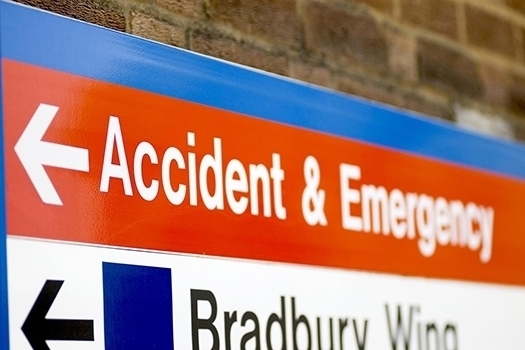Increased activity from NHS 111 has contributed to an uplift of A&E attendances in one city by 15,000 patients a year, according to an analysis by the CCG.
Recent papers by Bristol, North Somerset and South Gloucestershire CCG said ‘additional activity within the system’ was driving up A&E attendances by 41 patients a day, and this could partly be attributed to NHS 111.
The review by the CCGs’ commissioning support unit on North Bristol NHS Trust’s emergency department reported anecdotal evidence of a rise in A&E attendances linked to NHS 111 advice and healthcare professional referrals, following analysis by the CCG.
A&E attendances in the Bristol, Somerset, and South Gloucestershire CCG area were up 6.2% year on year, which equated to an additional 41 patients a day.
This comes as A&E attendances rose 4% across England over the past year.
The CCG hypothesised the rise in A&E attendances and emergency department admissions were ‘driven’ by NHS 111 and a potential ‘influx’ of newly qualified paramedics with a lower risk threshold.
The paper also reported in addition to extra 33 walk-in arrivals per day, the 111 pathway was referring 6.8% more callers to A&E and sending 15.2% more patients an ambulance to take them to A&E.
Urgent Health UK said that NHS 111 advises an average of 9-15% of cases to go to the emergency department, and most cases are appropriate. The organisation also stated national data, which shows 2 in 3 patients advised to attend A&E actually do, so the increase in ‘activity’ in Bristol due to NHS 111 is comparatively small.
Claire Thompson, deputy director of commissioning, planning and performance for the CCG acknowledged further analysis was needed to ‘understand the sources of growth’ in A&E attendances.
A spokesperson for Bristol, North Somerset and South Gloucestershire CCG said: ‘Although we are seeing an upward trend locally at the moment, we remain below the national average for A&E attendances overall.
’We want to ensure that everyone in our area is able to access the right care, in the right setting for their needs, first time. Addressing the upward trend in A&E attendances – the majority of whom are “walk-in” patients – is a key part of our Urgent and Emergency Care programme. We’re working closely with our partners in the system, as well as our local population, to further understand people’s reasons for choosing A&E.
’Our integrated urgent care service is a key part of the solution, joining up NHS 111 and GP out of hours services to ensure patients get the right care sooner and reducing both A&E attendances and ambulance dispatches.’
A Pulse survey revealed GPs in England receive over 250,000 inappropriate NHS 111 referrals in a month.
Elsewhere, a CCG in Lincolnshire recently directed patients to 111 or 999 after a 13,000-patient GP practice cancelled ‘all immediate future appointments’.
The CCG has asked us to clarify that NHS 111 was ‘one of the factors’ leading to the ‘driving’ growth in A&E attendances. We are happy to clarify this

















